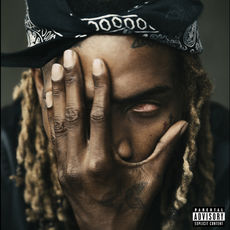The originator of the genre has become one of the most disputed arguments within the music scene as well as between rappers themselves in social media feuds – notably between T.I. and Gucci Mane. The former, who started his career in 2001 with the album I’m Serious, argues that it was with his track Trap Muzik (released in 2003) that he inaugurated the genre, offering an alternative to Lil Jon’s crunk and the sound that was oozing from the production team Organized Noise (notably working with the wonderful duo from Atlanta, Outkast). As for Gucci Mane, who was very prominent at the time, he states that his first album, Trap House (released in 2005), marks the birth of trap music. Putting this ego battle to one side, it’s worth specifying what the fundamental characteristics of the genre are. It was with an analogical drum machine (manufactured by the Roland Corporation in 1980 and discontinued in 1983) that the story began. The TR-808 was one of the first models that allowed users to program their own rhythms, instead of using premade patterns. The model was a commercial failure, criticized for its incompatibility and unrealistic drum sounds, and Roland only made about 12,000 units before taking the model off the market. Yet there are countless classics that profited from the recognizable bass drum, from Marvin Gaye’s “Sexual Healing” to Afrika Bambataa’s “Planet Rock”.
Create a free account to keep reading












